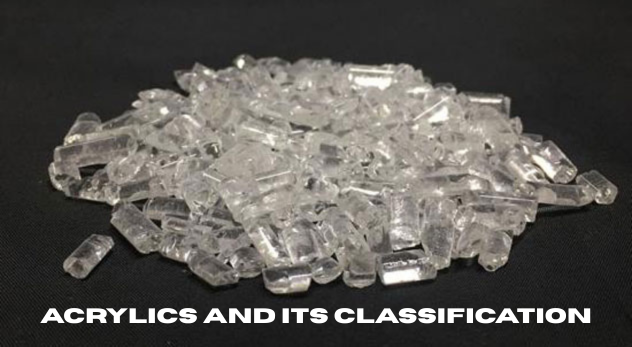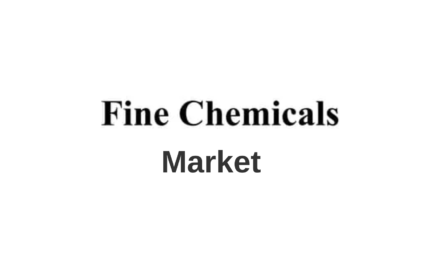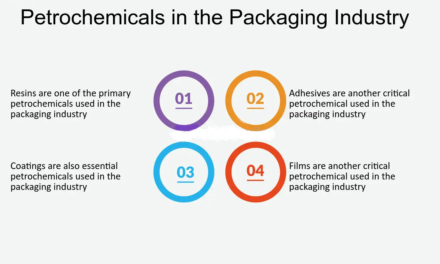Acrylics refer to a group of synthetic polymers derived from acrylic acid, methacrylic acid, or their esters. These materials are widely used in coatings, adhesives, textiles, plastics, and medical applications due to their durability, clarity, and weather resistance.
Classification of Acrylics in the Chemical Industry
Acrylics are classified into several categories based on their chemical composition and application:
- Acrylic Polymers & Resins
- Polymethyl Methacrylate (PMMA): A transparent thermoplastic used in displays, lenses, signage, and automotive applications (e.g., Plexiglas, Lucite).
- Acrylic Copolymers: Used in adhesives, paints, and textiles, offering enhanced flexibility and adhesion properties.
- Acrylic Monomers
- Acrylic Acid: A precursor for superabsorbent polymers (SAP) in diapers, paints, and coatings.
- Methacrylic Acid: Used in adhesives, paints, and polymer synthesis.
- Acrylic Esters (Methyl Acrylate, Butyl Acrylate, Ethyl Acrylate): Key components in coatings, sealants, and textile finishes.
- Acrylic Coatings & Paints
- Water-Based Acrylic Paints: Found in architectural coatings, offering durability and low VOC emissions.
- Solvent-Based Acrylic Coatings: Used in automotive and industrial applications for enhanced weather resistance.
- Acrylic Fibers & Textiles
- Used as a wool substitute in clothing, carpets, and upholstery due to its softness and resistance to moisture and UV degradation.
- Acrylic Adhesives & Sealants
- Found in pressure-sensitive adhesives, construction sealants, and medical adhesives due to their strong bonding properties.

















